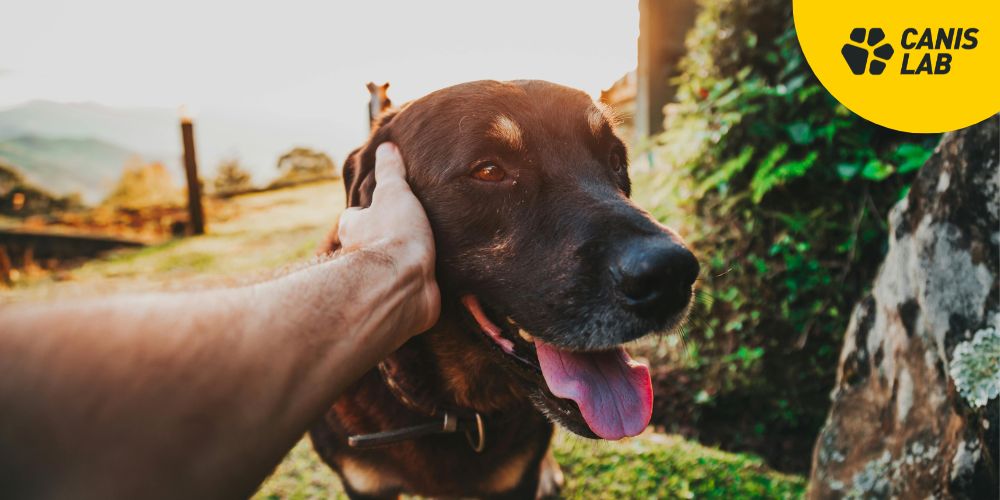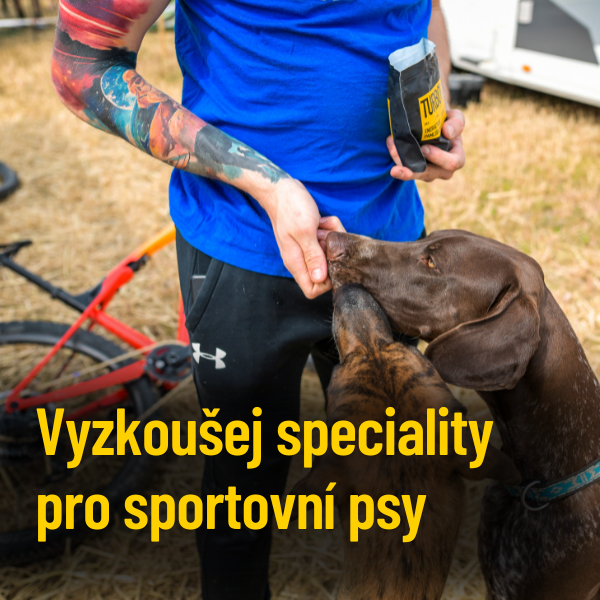How to keep your dog from overheating in the summer: essential rules for active dog owners

How to keep your dog from overheating in the summer
Summer is a time for trips, training, and long days outdoors for us and our dogs. But the heat can be literally deadly for dogs.
Overheating (also known as hyperthermia) is more common than people think – and all it takes is a few minutes of inattention. In this article, we'll tell you how to avoid it.
Heat and training? A dangerous combination
Dogs don't sweat like humans do - they cool down mainly by breathing and through their paws. At temperatures above 25°C, their bodies quickly overheat, especially when they are active.
👉 Don't train in the hottest weather! If you want to take your dog for a run, bike ride, or agility training, do it early in the morning or late in the evening. The middle of the day is taboo - even a short activity in the midday heat can be fatal for a dog.
A little reminder : asphalt and paving stones can heat up to 60 °C. This is not just about overheating, but also about burnt paws.
Humidity is even worse than heat
You might be surprised to learn that humidity is even more dangerous for dogs than heat itself. In high humidity, dogs can't cool themselves by panting because the air is already "soaked" with water vapor, which multiplies the risk of overheating.
👉 If you feel like it's stuffy, shorten your walk and skip the workout altogether.
Hydration – more than just water
Hydration is not just about giving your dog a bowl of water. Active dogs also need to replenish minerals and electrolytes that they lose through panting and sweating paws. Pure water is not enough – there is a risk of electrolyte imbalance. Prevent fatigue, muscle cramps and collapse.
👉 The easiest way? Hydrant – a dried broth with electrolytes that dogs love. Just mix it in water and you can be sure that your partner is replenishing not only fluids, but also important minerals.
Overheating signals: do you know them?
How do you know it's bad?
- the dog is panting significantly more than usual
- has a dark red tongue and gums
- is apathetic, weak, fidgeting
- vomiting or collapse may occur
👉 If you notice these symptoms, immediately take your dog to the shade, cool him down with wet towels (but not ice water) and seek veterinary attention.
Summary: think ahead
- Only train in the morning or evening.
- Monitor not only the temperature, but also the humidity.
- Pay attention to active hydration – Hydrant will also help you replenish electrolytes.
- Keep your eyes open if your dog is panting or seems tired.
Summer is a great time for dogs – but only if we set up safe conditions for them. Remember that overheating can happen quickly and can have fatal consequences. Want a tip on how to hydrate your dog like a pro in the summer?
👉 Check out the Hydrant from Canis Lab, which will provide everything your dog needs.






